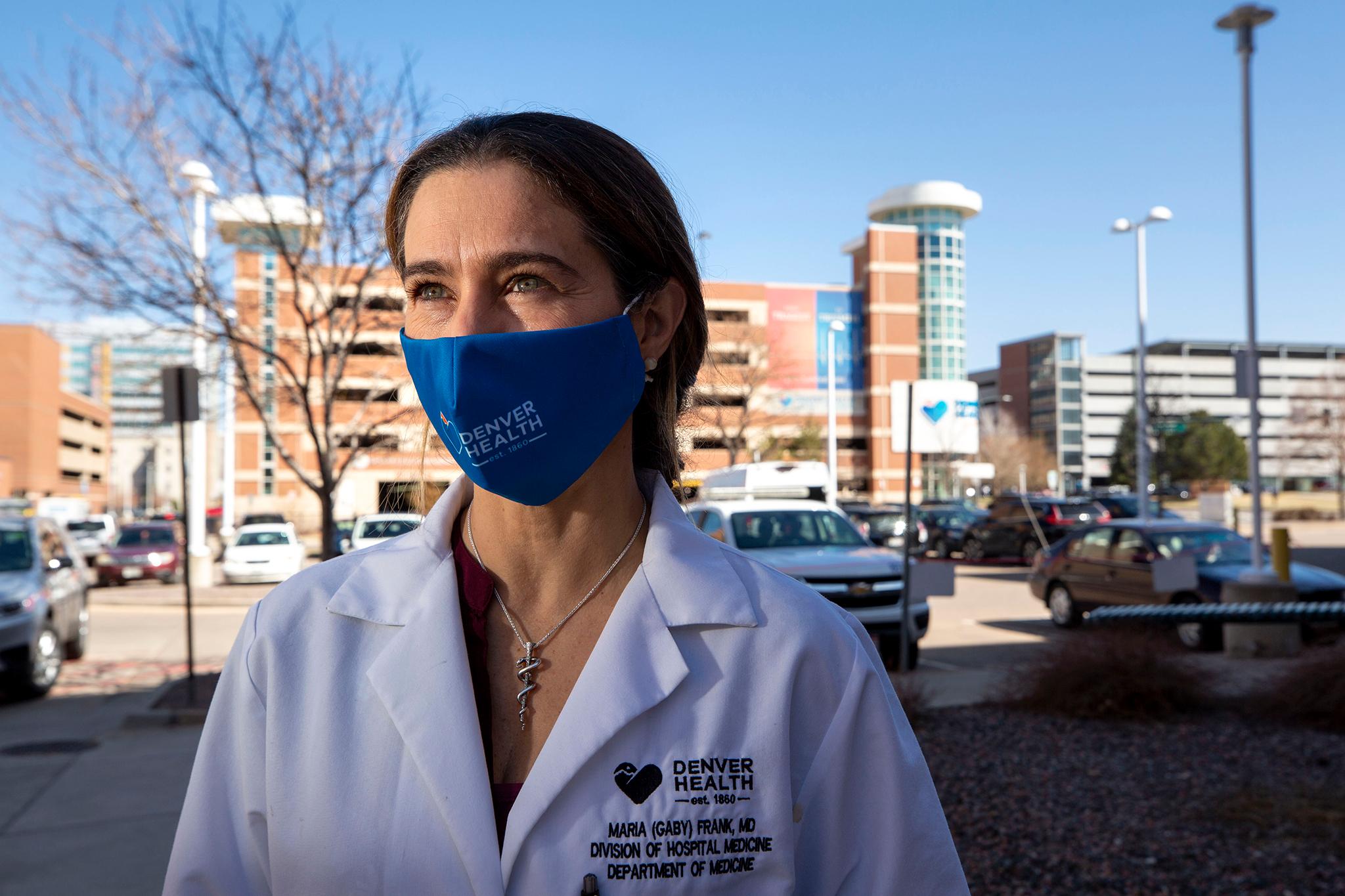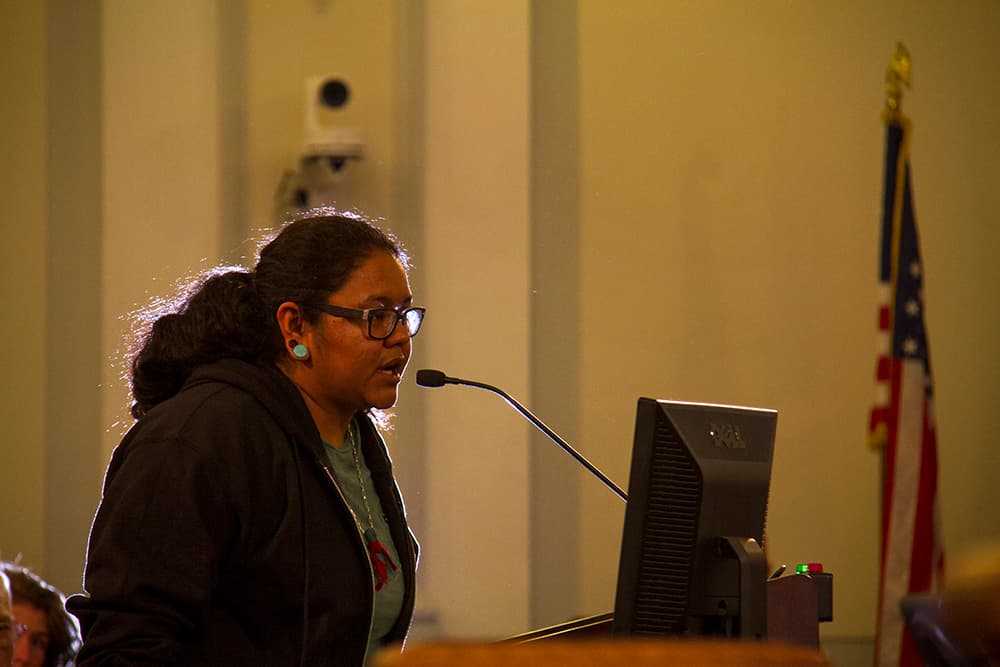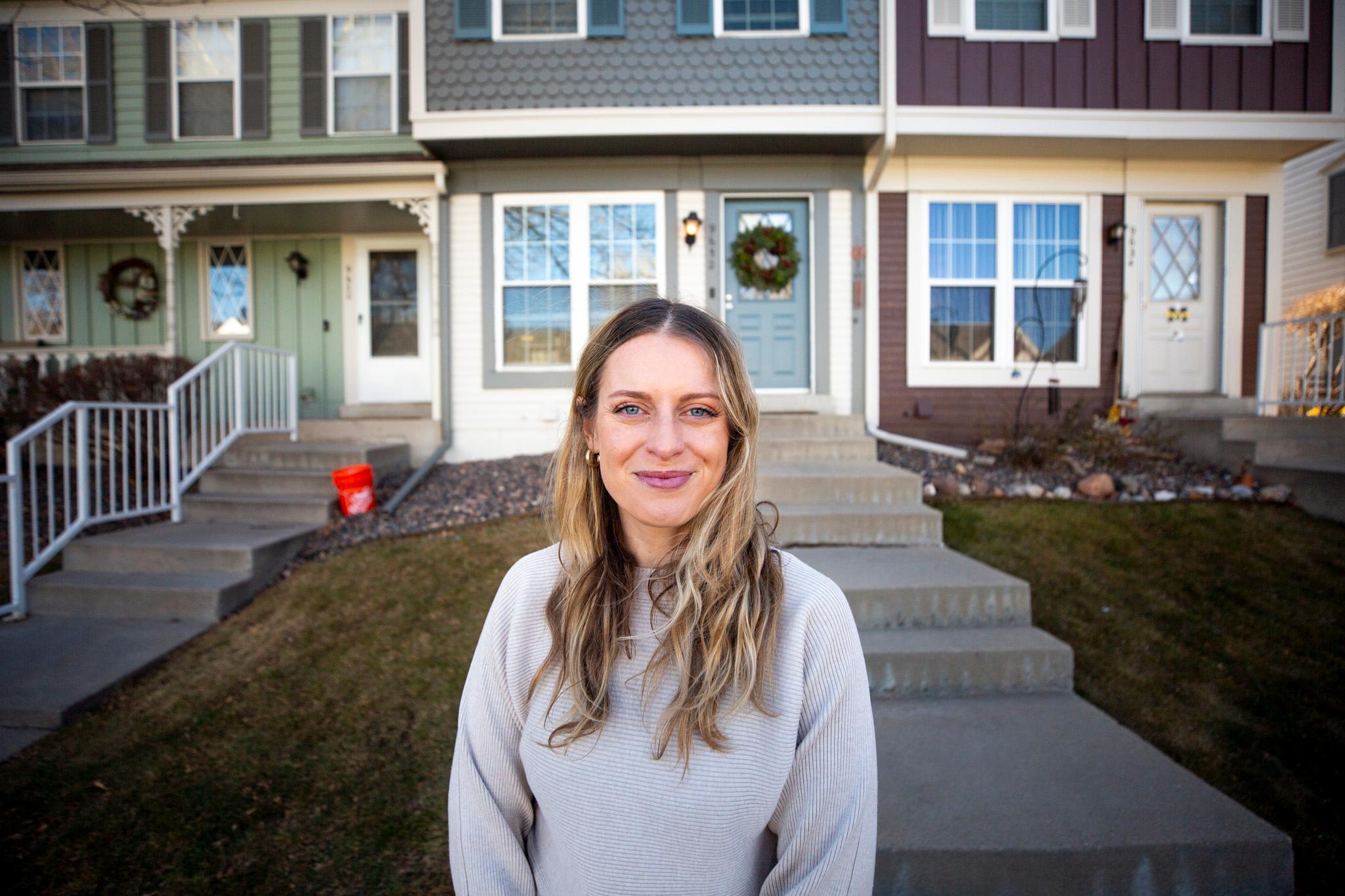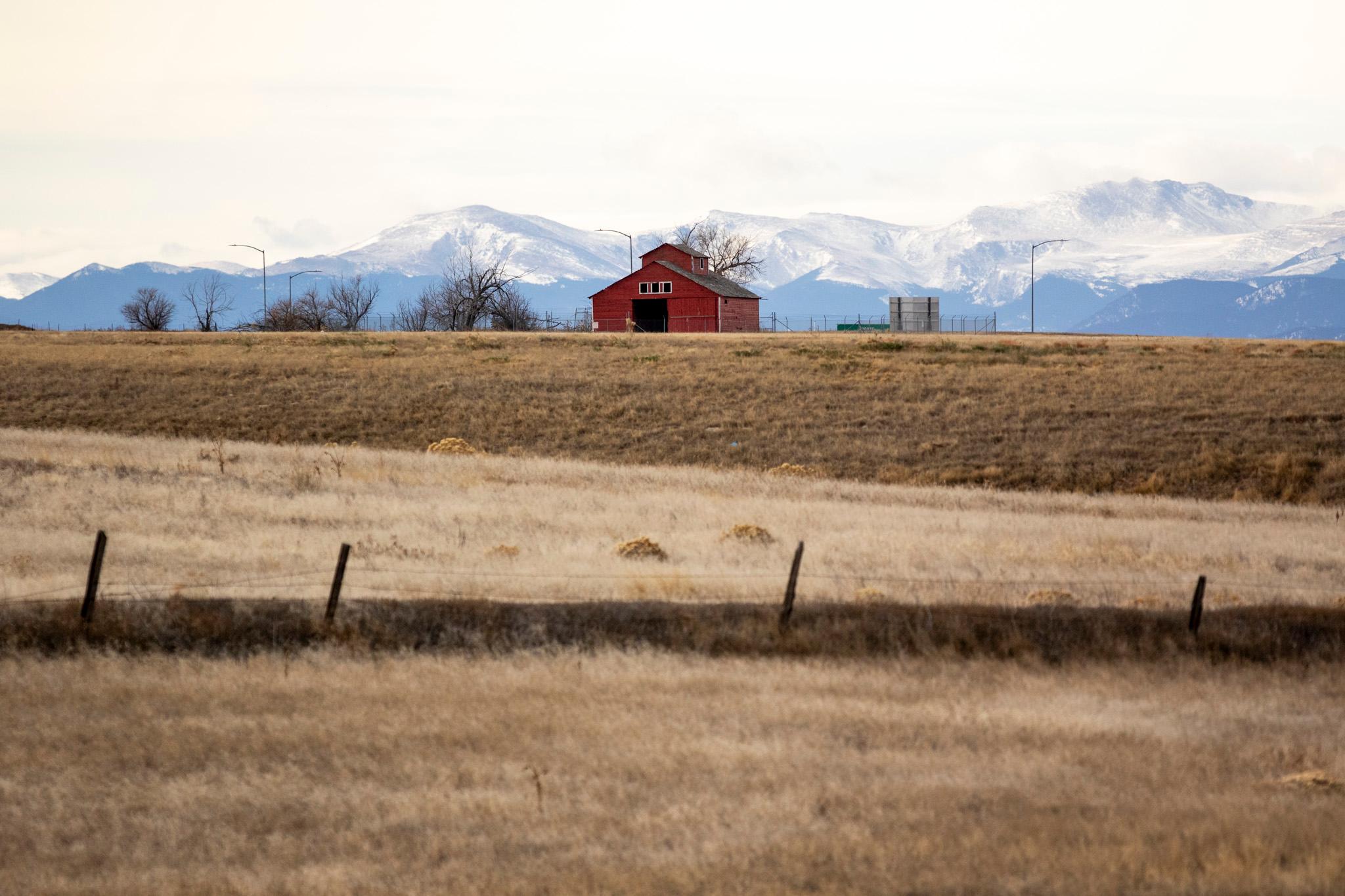Dr. Gaby Frank was in Argentina in December 2019 when she first got reports about a new respiratory infection in China.
The disease did not have a name. The reports from specialists around the world only mentioned multiple cases of pneumonia. Frank, who's a hospitalist at Denver Health, is trained in managing viral outbreaks. So when she saw the reports while on vacation in her home country, the gears started turning in her head.
Even though she was in another continent, and her brother was confused about why she was making work calls, she started calling Denver Health to start figuring out next steps.
"I grabbed my head like, 'Oh, my God, we're going to have SARS again,'" Frank recalled. "And I remember talking to, from Argentina calling one of our coordinators (saying) we need to make sure that our plan is still in place and everything is working because something is coming."
City officials announced the first confirmed case on March 6, 2020. The hospitalizations started shortly thereafter.
Frank started to notice that many of the people being hospitalized with COVID-19 spoke only Spanish.
Latinos make up about 30 percent of Denver's population, and a small percentage speak only Spanish. But early data showed Latinos in Denver were facing higher rates of infections than any other race or ethnicity.
Frank is one of several Spanish-speaking doctors and medical professionals across the metro area who have helped provide critical COVID-19 services for a population that, according to the Colorado Health Access Survey in 2019, is more likely to not see a doctor than English-speaking patients. Bilingual doctors like Frank help bridge the divide, connecting Spanish-speaking patients with crucial information they've needed to survive the pandemic.
Throughout the pandemic Frank has been responsible for helping Spanish-speaking patients enroll in a medication trial to help treat the disease. She had to call family members of people who were too sick to consent to the study to ask for permission. That usually meant meeting people at the hospital parking lot so the family could sign off.
Family members would occasionally text or call Frank for updates. She would ask the person's primary doctor if it was OK for her to send updates over text, which she did in Spanish to make things easier for the families.
"And I think it made a difference because I was the person who was communicating with the family the most, even though I was not the main caregiver at that time," Frank said. "But the fact that I spoke Spanish and was able to clearly communicate the updates to the family ... they felt this connection that didn't have with the team that was caring (f0r them and) provided excellent care to the patient, even though they felt more connected to me because of the language."
Physician assistant Paulina Segovia works at Tepeyac Community Health Center, a relatively small Denver-based health clinic specializing in treating Latino patients in the metro area.
Segovia is a daily primary care provider, making sure people are generally healthy and treating those with chronic illnesses. Unlike the care they'd receive at larger hospitals, Tepeyac patients can expect to get services in Spanish throughout the course of their treatment.
Segovia, the daughter of Mexican immigrants, said she uses her own cultural background as a foundation for her career. It's a key part of why she wound up working for a clinic that serves a predominantly Latino community.
"I have the ability to provide health care in a culturally competent way to someone in their maternal language and make them feel comfortable and safe and healthy," Segovia said. "That's really important to me."
Pulmonary and critical care specialist Dr. Fernand Holguin spent most of the past year treating COVID-19 patients in the intensive care unit at UCHealth in Aurora.
He recalls how dire things were at the start of the pandemic. Every single patient in the intensive care unit had the same disease, something Holguin had never seen in his career.
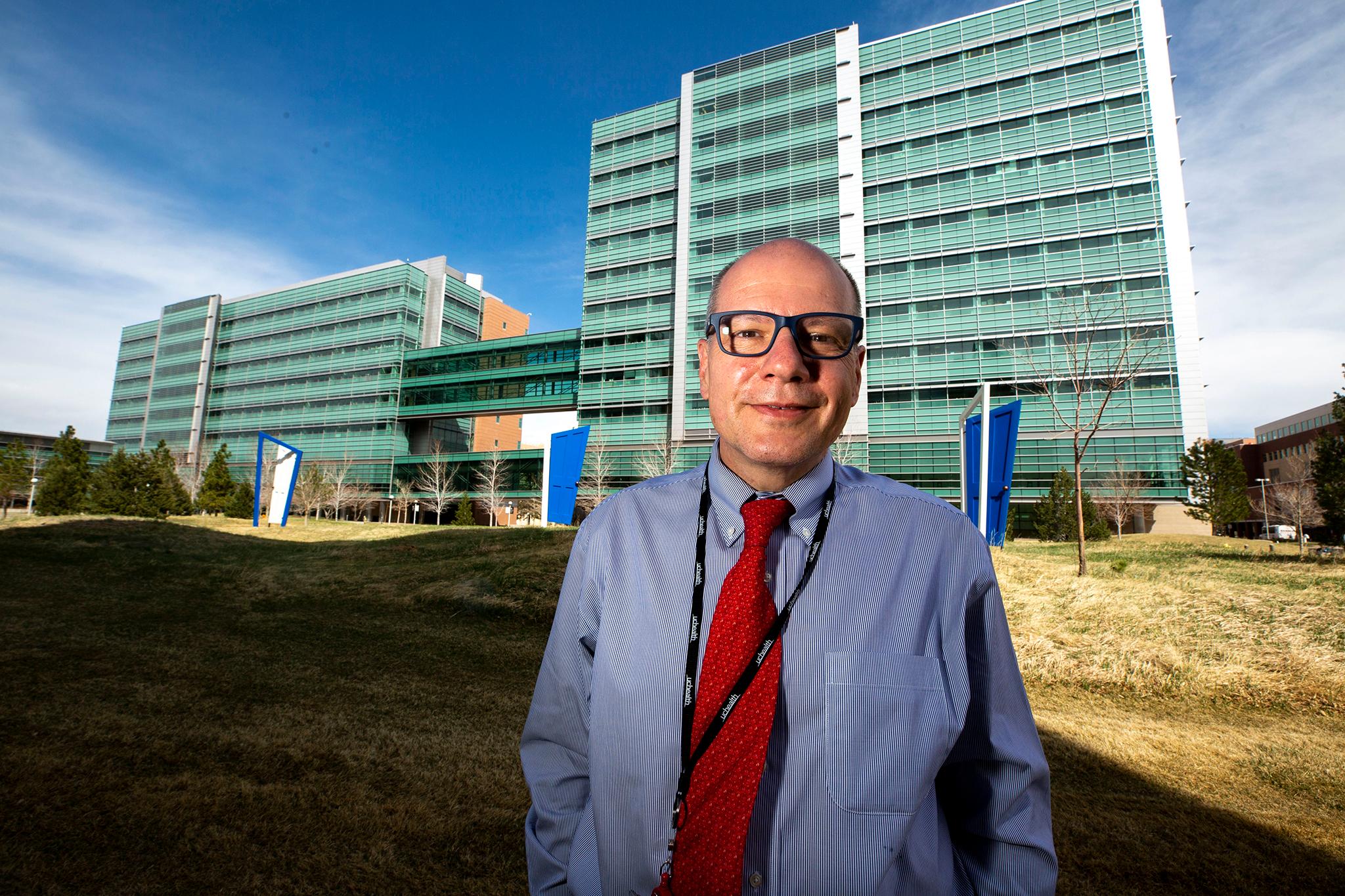
Holguin, who's originally from Mexico, is a certified Spanish translator at the hospital. Like Frank, he witnessed the disparities in infection rates firsthand. He estimated that more than 50 percent of hospitalized patients at the start of the pandemic were Black or Latino.
"I mean, it's just quite striking, and of course, I've talked to many people in Spanish, but you know, many of our patients were in mechanical ventilation, so they couldn't talk," Holguin said, referring to a machine used to treat COVID-19 that helps patients breathe. "I talked to their families quite a bit in Spanish."
Frank's duties at Denver Health include serving as director of the biocontainment unit at the hospital, which has been dubbed the Ebola unit, since it's meant to deal with highly contagious diseases.
But once the realities of COVID-19 started to settle in, she knew a respiratory outbreak would be much different than one brought on by a virus like Ebola. Ebola is a serious virus, causing severe bleeding, but it doesn't spread like a respiratory disease.
Frank knew that a respiratory disease would likely result in dozens and dozens of hospital patients, which is exactly what the hospital would see in a matter of months.
Hospitals took precautions to avoid further COVID-19 transmission when the pandemic started, as it still wasn't clear how contagious the virus was. For Frank, that meant limiting the time she spent in rooms with patients. She would usually talk to people through a phone, while the person saw her through a window in their room.
It was a relatively simple task for Frank, who's a native Spanish speaker. Other doctors had to use an interpreter while speaking over the phone and through the window.
"I can only imagine how hard it must have been for non-Spanish speaking providers," Frank said. "So that must have been terrible. And I know that because I have to take care of patients that didn't speak English or Spanish and use an interpreter and how hard that was."
Some patients Holguin cared for weren't using ventilators. There were patients who could speak to him directly. He felt especially connected to one patient from Mexico who had spent most of his life in Colorado.
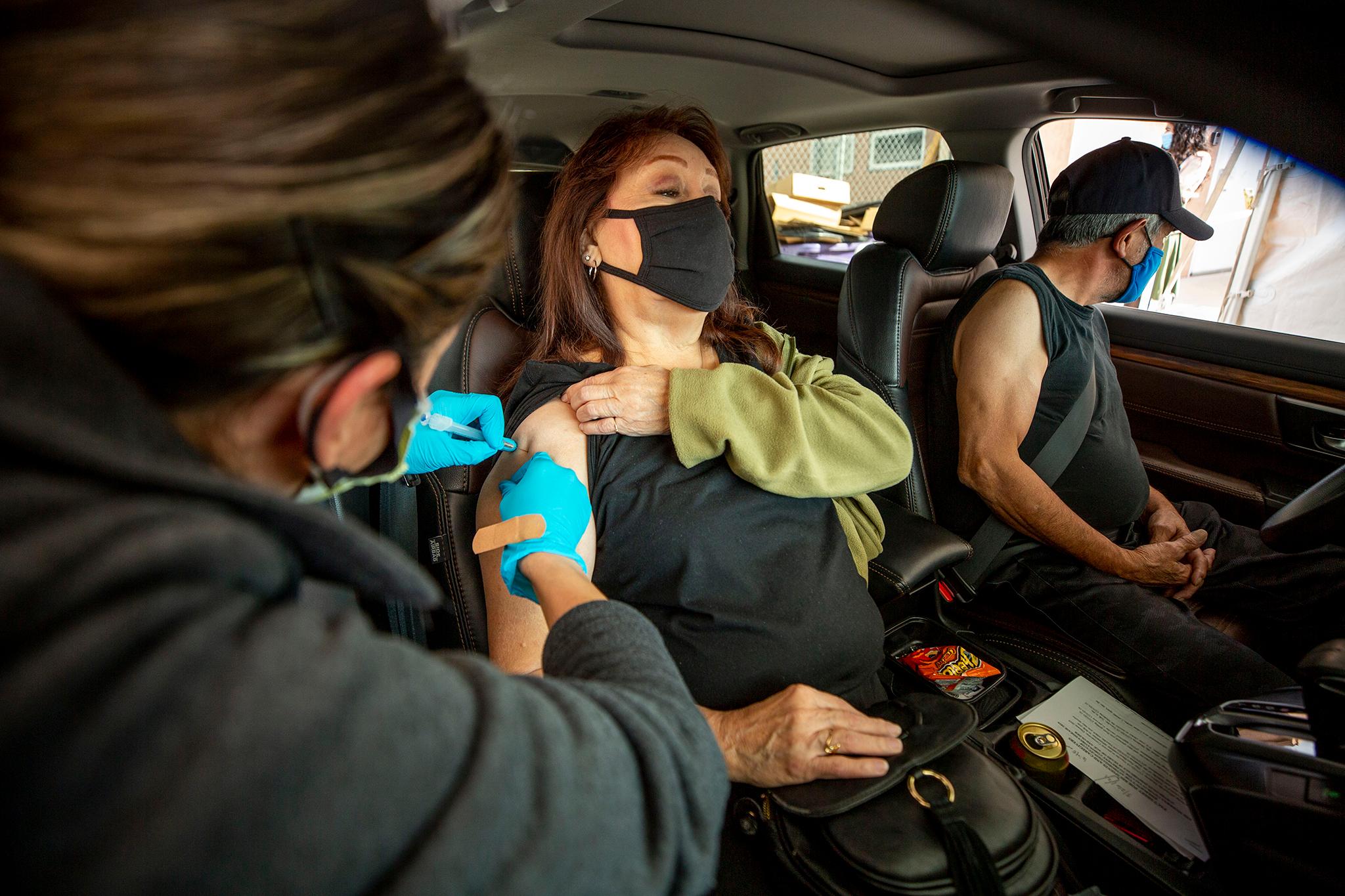
"I think people always feel really comforted by the fact that they (saw) somebody in their own language and they feel that that person understands their culture," Holguin said, adding the connection is not simply about language but "an understandable nonverbal communication."
"In a way that's when you really truly understand the value of diversity, right?" Holguin added. "Diversity means that you as a patient of Hispanic ethnicity, when you see a doctor that looks like you or talks like you, you feel a lot more (like you're) in a welcoming environment. And that's what we try to provide."
Frank recently co-authored a study focusing on the experience of Latino COVID-19 patients at two public safety-net hospitals, Denver Health and Zuckerberg San Francisco General Hospital.
The 60 Latino patients involved in the study said misinformation about the disease and fears about its impact on their immigration and job status made them more susceptible to catching the virus. Some participants said they thought COVID-19 was "a bunch of lies," while others felt suspicious of the government, going so far as to suggest the disease was a tactic to identify undocumented immigrants and deport them.
Participants in the study said they found readily available Spanish services in hospitals when needed, expressing gratitude for interpreters and Spanish-speaking nurses.
"I think it is important that nurses speak Spanish because we spend a lot of time with them," said one participant quoted in the study.
Denver Public Health hospitalist Dr. Lilia Cervantes came up with the idea for the study. Cervantes, who also provided Spanish-language intake services at the hospital, said that since the study covered hospitals that tend to have more experience treating people with limited English-language proficiency, the results don't necessarily reflect the experiences of Spanish-speaking patients at hospitals overall.
Still, Cervantes said she was motivated to conduct the study because she and other Latina and Latino health care workers felt a personal motivation to try and figure out why COVID-19 was impacting their communities so harshly.
"It's demoralizing to see that in my community," Cervantes said. "I wanted to understand more from their perspective what their challenges were."
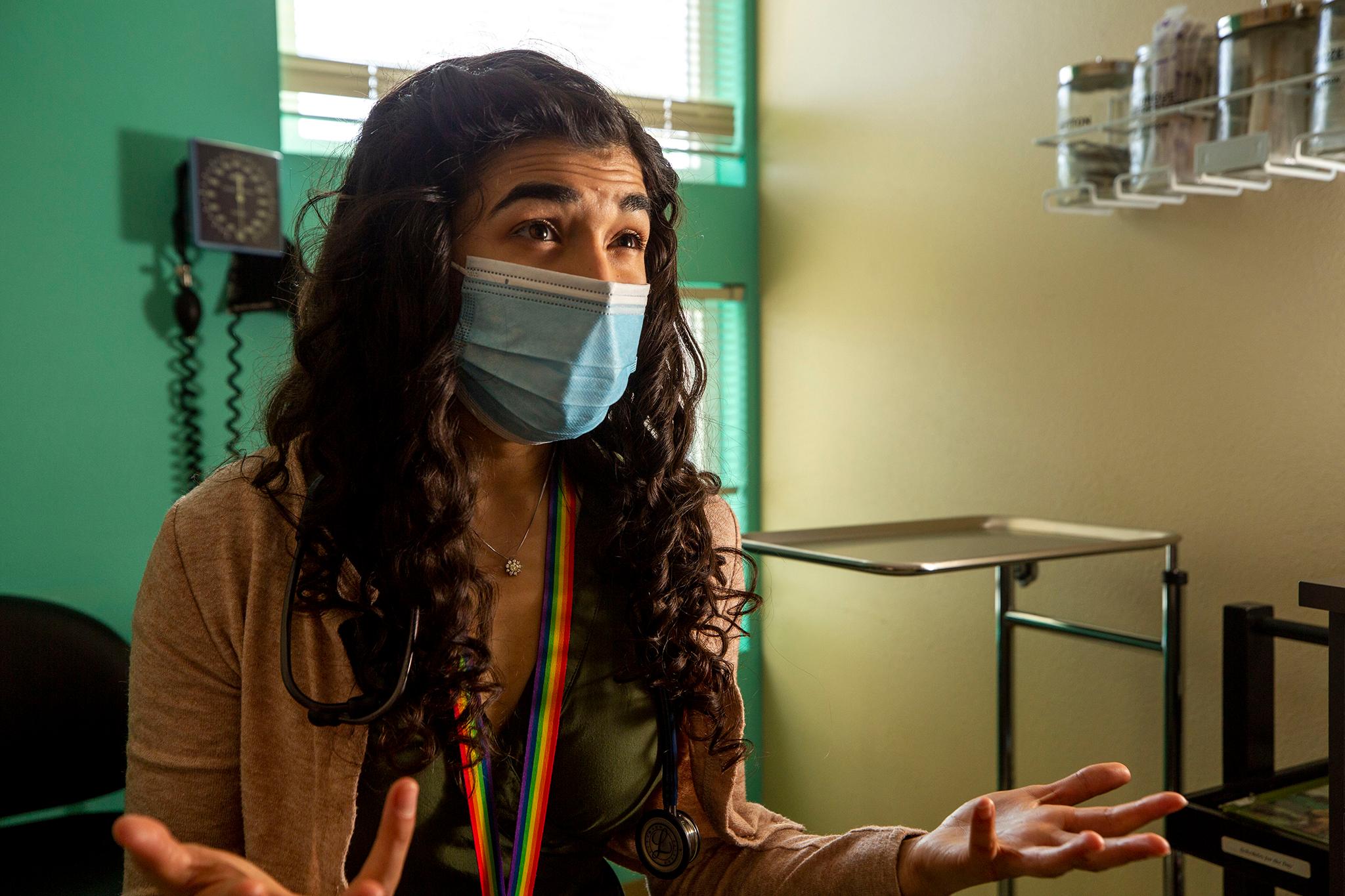
The work of combating misinformation continues, this time for vaccines.
Holguin said he's heard rumors that can cause vaccine hesitancy. Those rumors are a main reason why vaccine rates among Latinos are so low. Holguin has co-hosted webinars to provide information to both urban and rural parts of the state and combat inaccurate information.
"Unfortunately, there are really people with a lot of ill will out there that are spreading rumors and spreading things that are not true and are preventing people from being vaccinated, and consequently, they're preventing us to end this epidemic successfully," Holguin said.
Segovia had to dispel rumors about fetal cells in vaccines, a concern among Latinos, who are often raised Catholic.
Segovia said her upbringing around Mexican culture means she can be a little more understanding of, say, a patient who feels embarrassed about telling a doctor about home remedies they tried to soothe a malady. It's something she's experienced firsthand with her family.
"Having someone not judge them for the comment that they make of, like, 'I use this Vicks VapoRub rub for my COVID, or something like that,' it's totally fine," Segovia said. "With other home remedies, who am I to say that lemon water isn't going to help with your stomach ache?"
Frank remembers one Spanish-speaking patient who was treated at the hospital's critical care unit. He was enrolled in one of the hospital's clinical trials and successfully recovered. Even though Frank wasn't his primary doctor, she helped provide his family with updates. The man ended up coming back to the hospital with his whole family during a check-up. He gave her drawings made by his young family members.
Frank said she has a wall in her office full of drawings from children whose family members she has helped.
"Most of us that choose to go into medicine, either as medical school or nursing, like we do that to help people," Frank said. "It's heartwarming to see that somebody that you've touched...but also it's a reminder of why we're here. We're doing this for people, to get people better."

